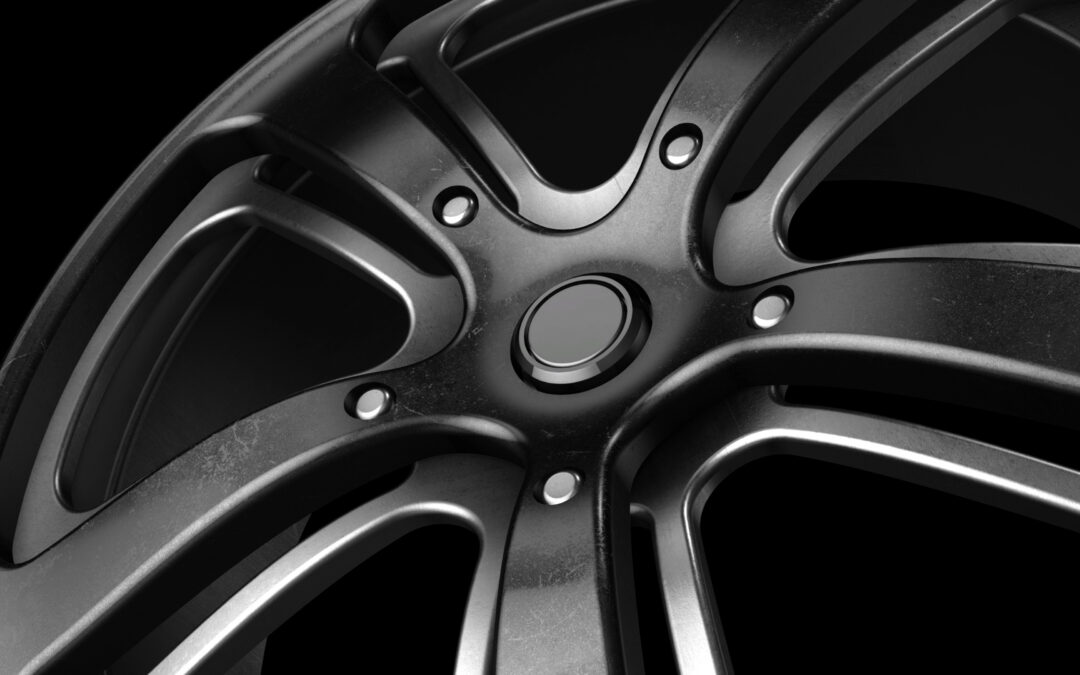Selecting the perfect ceramic material for your specific application can be a daunting task, especially when considering the vast array of options available on the market. Whether you`re involved in the aerospace, automotive, electronics, or manufacturing industry, understanding how to navigate through the choices of ceramic consumable parts is crucial for achieving optimal performance and durability in your projects. In this comprehensive guide, we`ll walk you through the essential factors to consider when choosing the right ceramic material, focusing on thermal conductivity, strength, wear resistance, and how these properties can impact the functionality and longevity of your ceramic consumable parts.
Understanding Ceramic Materials
Ceramics are renowned for their exceptional properties, including high temperature resistance, chemical inertness, and electrical insulation capabilities. These materials are pivotal in applications requiring durability and resistance to extreme conditions. However, not all ceramics are created equal. The key to selecting the right ceramic material lies in understanding the specific requirements of your application and how different ceramic materials can meet those needs.
Thermal Conductivity
Thermal conductivity is a critical factor when choosing ceramic consumable parts for high-temperature applications. Materials like aluminum oxide (Al2O3) and zirconium oxide (ZrO2) are popular choices due to their ability to withstand high temperatures while maintaining structural integrity. If your application involves heat dissipation, consider materials like silicon carbide (SiC) or aluminum nitride (AlN), known for their excellent thermal conductivity.
Strength and Toughness
The mechanical strength of a ceramic material is vital for applications subjected to mechanical stress or impact. Zirconia (ZrO2) is favored for its high strength and toughness, making it suitable for wear-resistant parts and cutting tools. Silicon nitride (Si3N4) is another strong material that performs well in demanding environments, offering resistance to thermal shock and mechanical wear.
Wear Resistance
For applications where wear resistance is paramount, selecting a material that can withstand abrasive environments is essential. Silicon carbide (SiC) stands out for its exceptional hardness and wear resistance, making it ideal for seals, bearings, and other components exposed to abrasive particles. Similarly, aluminum oxide (Al2O3) offers good wear
resistance and is widely used in applications requiring longevity and durability.
Application-Specific Considerations
When choosing the right ceramic material, it`s important to consider the specific demands of your application. For instance, if you`re working in the electronics industry, electrical insulation properties might be your top priority. In such cases, materials like alumina or boron nitride could be your best bet. Conversely, for biomedical implants, biocompatibility is a crucial factor, making zirconia a preferred choice due to its favorable interaction with
human tissue.
How to Choose the Right Ceramic Material for Your Application
Cost and Availability
While performance characteristics are essential, cost and availability also play significant roles in the selection process. Some high-performance ceramics may come with a higher price tag or limited availability, making them less feasible for large-scale or cost-sensitive projects. It`s important to balance the material`s benefits with your budget and the availability of the ceramic consumable parts you need.
Consulting with Experts
Given the complexity of choosing the right ceramic material for your application, consulting with material scientists or engineers specialized in ceramics can provide invaluable insights.
These experts can help you navigate the selection process, ensuring that the material you choose aligns with your application`s specific requirements and performance expectations.
Conclusion
Selecting the right ceramic material for your application is a critical decision that can significantly impact the performance and longevity of your ceramic consumable parts. By carefully considering thermal conductivity, strength, wear resistance, and other application-specific factors, you can identify the most suitable material for your needs. Remember, the ideal choice is not just about the material`s properties but also its compatibility with your application`s demands, cost considerations, and availability. With the right approach and expert advice, you can optimize the performance and durability of your ceramic components, ensuring they meet the high standards required in today`s advanced applications.
This guide aims to demystify the process of selecting ceramic materials, providing you with the knowledge you need to make informed decisions about the ceramic consumable parts crucial to your projects. By understanding the unique properties and applications of different ceramics, you can unlock the full potential of these remarkable materials in your industry.

